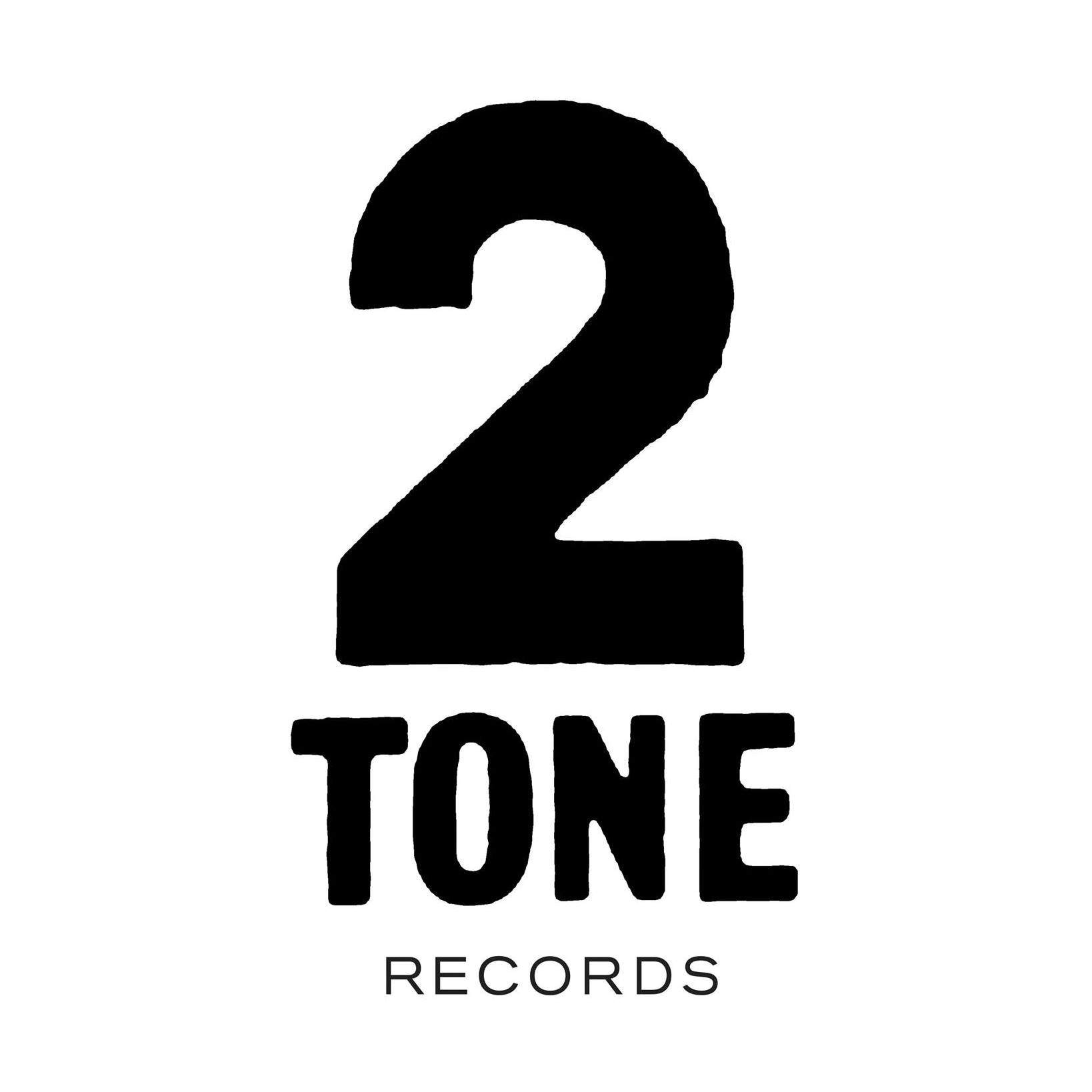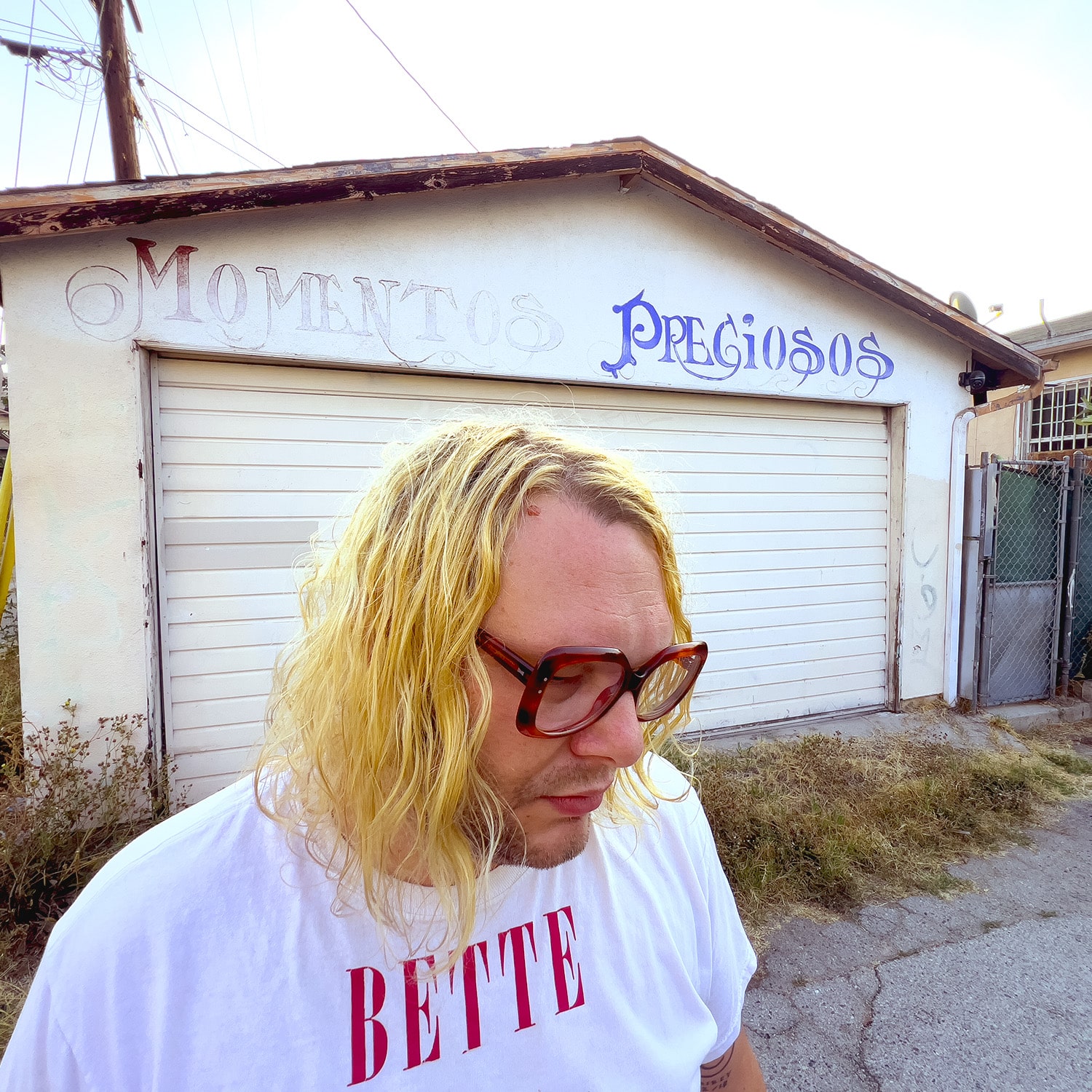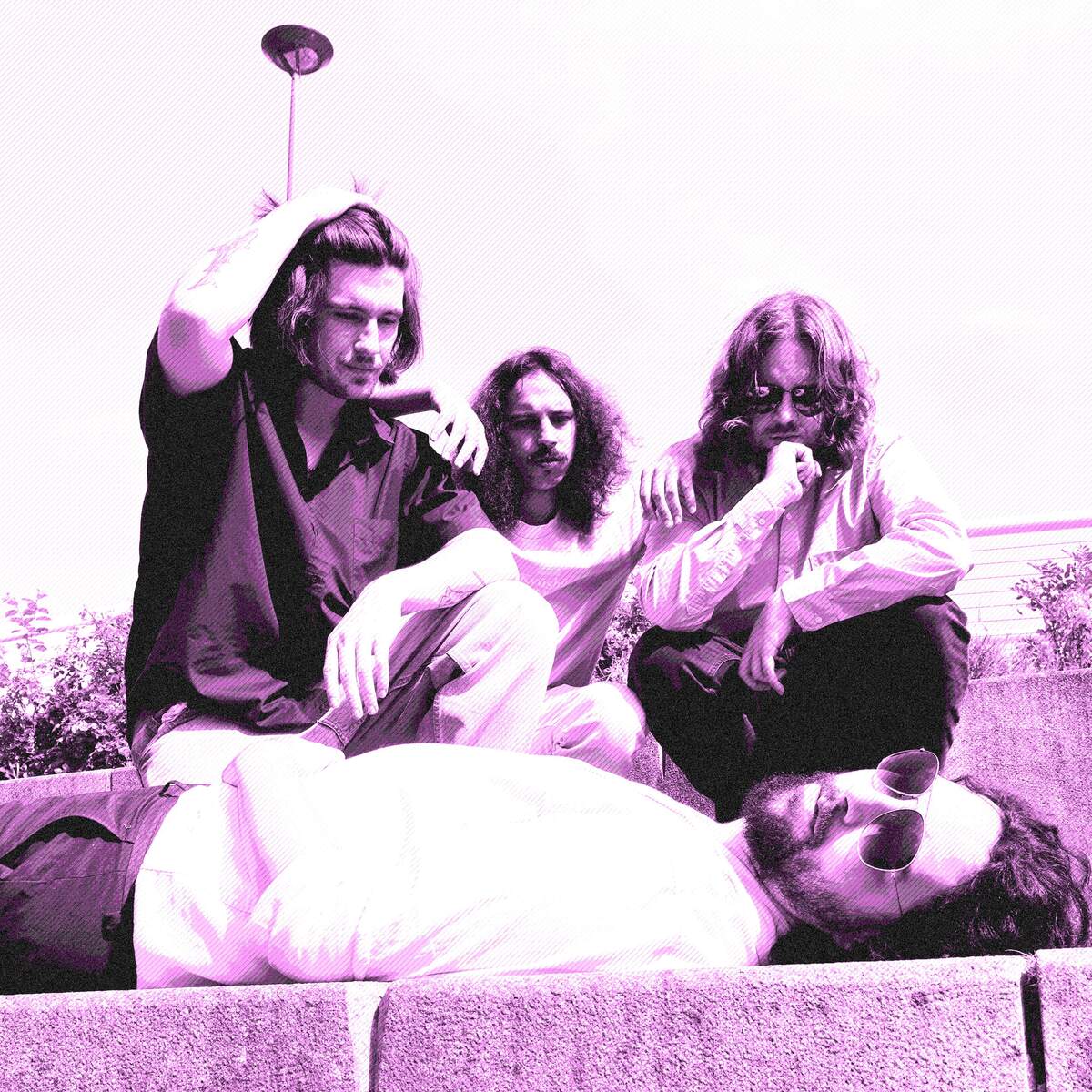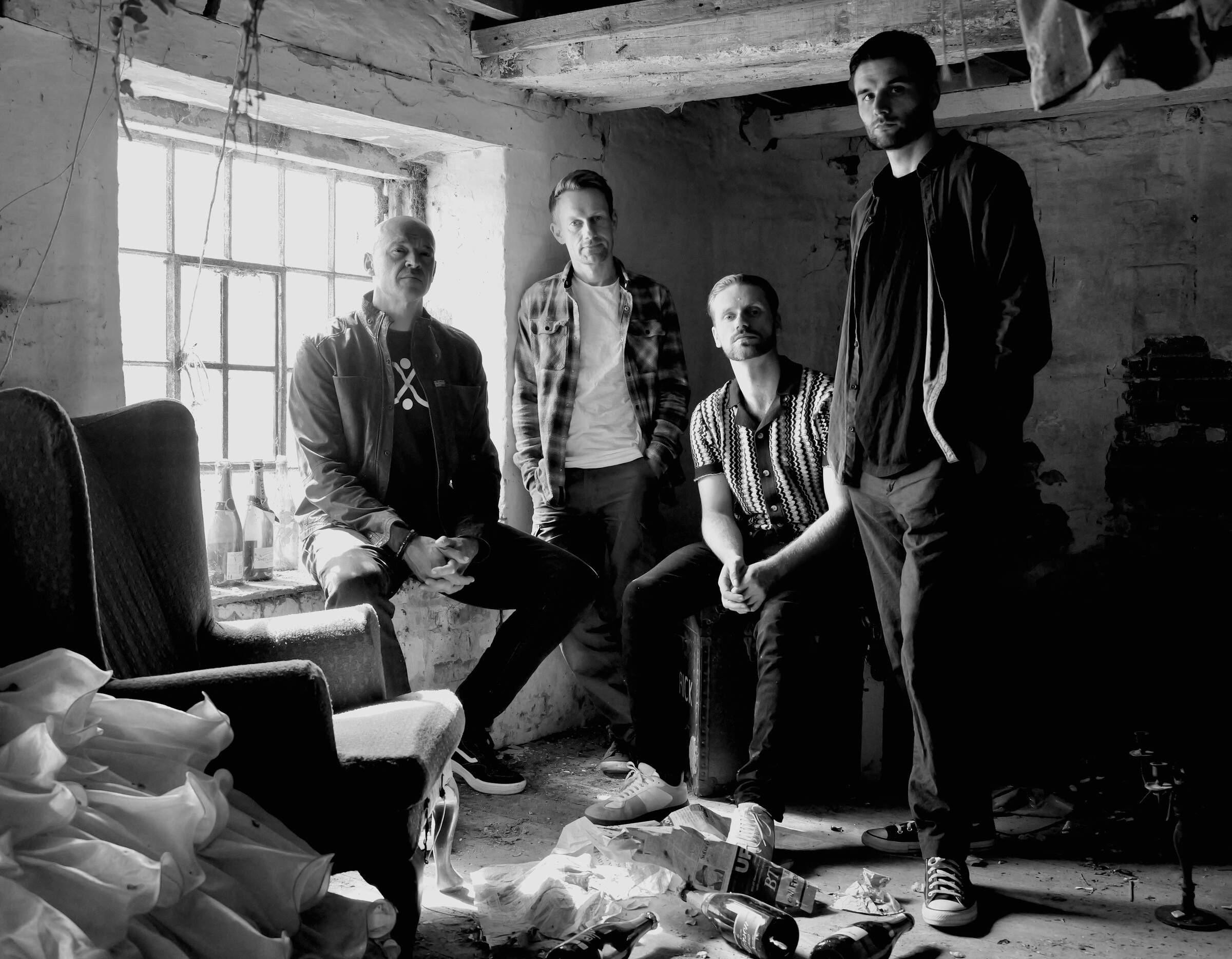Growing up with 2 Tone and ska-punk in the 80s and 90s by Zack Kopp
Skaboob discovered the UK 2 Tone ska revival led by Jerry Dammers at age 15, including bands like the Specials, Bad Manners, the Selecter, the (English) Beat, the Bodysnatchers, and more.
Ska music preceded reggae in its land of origin, Jamaica, and shared the same characteristics of emphasis on the offbeat and guitar as rhythmic instrument, only half a step faster, and the English revival happened concurrently with the birth of UK punk. Skaboob bonded so strongly with that format in his learning years that nearly all the songs he came up with still had a consistent pulse throughout, even when playing other styles. Dave Spielberg still lived with his mom in the suburbs. He was trying to finish high school and spent most of his time at the books. Chuck and Skaboob drove out to get Spielberg one Saturday night and were on their way back from his place, heading north on Downing along the west side of Wash Park toward Club Rub-a-Dub, when Chuck noticed that the man driving the car in front of them was asleep. “Hey, look, that guy’s asleep.” He pointed.
“What?” said Dave.
“Oh my God,” said Skaboob.
They all looked. The driver was a very fat man with a shaved bullet-head in a white short-sleeved shirt. There was a German Shepherd in the backseat, standing up and looking out the rear window, barking in alarm. The driver’s head lolled back on the seat. The car kept going forward.
“Honk your horn,” Skaboob advised.
“Naah,” said Chuck. “It’s the middle of rush-hour. If he wakes up and slams on his brakes, I’ll get rear-ended.”
They watched the car sail off down one of the Wash Park inlet roads with the dog inside still barking. There was a muffled crash behind them, and Dave said, “Shit.”
They didn’t turn around. They were already past the park. They talked about it, though. “That’s crazy,” said Chuck.
“Oh my God,” said Skaboob. “He was really asleep.”
“Or it was a heart-attack or something.”
“’Oh my God’,” mocked Dave. “What are you, Skaboob, a valley girl?” That was a popular movie of the day starring Nicolas Cage where people said that all the time.
This was happening in the middle-to-late 1980s. In the 1970s, racially-motivated skinhead violence in the United Kingdom became more political, and far right groups such as the National Front saw their chance to co-opt the originally non-racist, pacifist labor class movement before it had spread noticeably to the United States. By the end of that decade, the general public in the U.S. had largely come to view the skinhead scene as one promoting racism and neo-Nazism, necessitating the formation of groups like S.H.A.R.P. (Skinheads Against Racial Prejudice) in an attempt to settle the score. The whole history is muddy. Those English ska revivalists were presenting an alternative attitude and style to the growing racist skinhead scene and other events like apartheid in South Africa and making their listeners part of the struggle. After discovering reggae and the 2-Tone movement, for the first time Skaboob became conscious of musical expression as social currency, just the way he imagined it must have felt to Beatles fans when that band was current. He never claimed S.H.A.R.P., but looked the part, wearing suspenders and Doc Martens and a stingy brim and suit jacket, and got into a lot of shouting matches with racists over the next few years, and a couple of actual fights, which did a lot in establishing a sense of identity for himself, if little or nothing for conditions of racial imbalance in the microcosm. He went to a predominantly black high school and was a loudmouth in the face of all the racists he ran into, once starting a fight with someone (while on acid) that got most of his friends badly beaten. His red gold and green pot pipe got stolen by the Denver Skins that night. These days he signed lots of petitions online and avoided that kind of conflict, which seemed, in his case, to have been based more on proving himself to the witnessing world than truly changing or affecting anything. Chuck and Dave and Skaboob had been the token white ska-boys at Club Rub-a-Dub since the middle of high school. Chuck and Skaboob still went every week, but the three hadn’t gone there together in months. Usually, they danced alone. None of the black girls would dance with them because their movements were so jerky, and they all wore combat boots. They loved being the center of attention, and it meant a lot to them to be accepted by these people, a lot of whom were actual West Indians, some even Rastas. The bartender knew they were underage and didn’t care.
Three Navy wives on a date with three Middle Eastern men while their husbands were away at sea had suddenly decided their dates were creepy and latched on to the three of them. They wanted a ride home. They were all drunk, and their story was questionable. But they were treating the boys like men, and it was exciting. The music was playing. Their dates stood conferring by the door with gold chains around their necks and silk shirts half-buttoned. The women were good-looking, all of them about thirty.
“I think they’re trying to work us some way,” said Daveto Skaboob sotto voce on the way to the triplex they all lived in. When they got there, the women offered them wine. Something probably would have happened if they’d been a little less nervous.
“Come on, Chuck,” Skaboob urged, as they sped back down Downing from Dave’s after dropping him off, “I think . . . I think they kind of want us. They said we could come back if we wanted to.”
“No, they didn’t.”
“They said drop by later if you want!”
“Well yeah . . . I’m just worried about . . . diseases, man. And I feel kind of sorry for their husbands.”
“Aw, Chuck, shit, what the fuck?”
“What?”
They drove along and Skaboob started shouting, “Heyyyyyyyyyyy, COWBOY!” out the window at the people on the sidewalk, “Heyyyyyyyyyy, COWBOY!” Just like that. Chuck got mad about it later, and with good reason, but he was laughing. They swooped across Colfax and rode Park Ave. like a racetrack into Five Points. They were cruising along a side street just a couple of blocks from their place when they passed by a dark brown house with a long, low, roofed-over porch. There were people under there, you could see their cigarette-ends glowing. Skaboob let go one last time. He really let go. “I SAID, HEYYYYY COWBOYYYY!”
“Shut up, bitch,” said Chuck.
“What?”
“This is our neighborhood.”
Skaboob and Chuck parked outside the house, stumbled upstairs to their rooms and passed out. An ominous silence came from the house with the long low porch.
Jerry Dammers’ ska revival with the founding of 2-Tone Records in 1975 coincided with punk’s arrival in England after its inception in NYC circa 1974 and shared much the same anarchic energy. Bands like The Specials and Bad Manners made it easy for someone like Skaboob to identify with punk disaffection via songs like ‘Concrete Jungle’ and ‘Lorraine’. The 2-Tone movement, which came to full flower in the early 1980s, was responsible for a “second wave” ska revival consisting, in England, of bands like The Trojans, in America, bands like the Toasters, and Crazy 8’s, all possessed of searching, soulful energy to varying degrees. As a consequence of the UK’s cultural mix 60s stars raised on a diet of ska, evident in the Kinks, even the Beatles, became overt with Jerry Dammers’ 2 Tone Records and the songs of founding punks, the Clash, themselves nearly a ska act. Mod bands from the Who to the Jam and the Purple Hearts arose from the same admixture, differentiating themselves by venerating Detroit’s Motown over Kingston’s Studio One.

Along with Skaboob’s discovery of ska came his introduction to Bob Marley’s music, and his discovery of a whole new standard of spiritual commitment among popular musicians. He read Catch a Fire and learned that Bob’s life was a record of putting his heart on the line as a soldier for Jah in every action, quoting Haile Selassie I in songs like ‘War’ or relating personal experiences in parable-form. Marley seems to have been one well born to his deliberate role of intentional goodness. Where drug use was a matter of style or taste for artists like John Lennon or Keith Richards, for Bob Marley it was a dictum of his religion to use the herb as sacrament, and his brief dalliance with cocaine (as memorialized in 1976’s ‘Pimper’s Paradise’) was seen as an aberration. Skaboob read a book about Rastafari culture around the same time he was bonding with these new musical forms. One Rasta credo that stuck with him was “isms are schisms,” expressing discontent at being dismissed as merely an –ism. Another phrase they used amongst themselves was “I & I,” implying shared selfhood among all Rastas.
“GET UP! GET UP! HURRY UP! PUT YOUR PANTS ON!” There had been a crash, Skaboob had struggled up through layers of waves, and now there was a cop. “DO YOU KNOW ANYBODY AROUND HERE WHO OWNS A GREEN CAR?”
Skaboob got up quickly and pulled on his pants. “My roommate Chuck,” he said. “His room’s over there.” He pointed. The zipper was stuck. Skaboob tugged at it. “HURRY UP!” shouted the cop. Skaboob followed the cop to Chuck’s room and stood behind him looking over his shoulder as he pushed open the door. Chuck lay face-down on a spreading mound of porn with a Nintendo joystick in his hand, the light from the dormant video game shooting purple and black and red down over his naked body. His mouth was open, and a line of goopy spittle connected him to one of the mags. There were pictures of women’s asses everywhere, Chuck had a lot of porn. “HIS NAME IS CHUCK,” said the cop, prodding half-drunk Skaboob with his stick.
“Yes, Chuck.”
“CHUCK! CHUCK! GET UP! CHUCK! PUT SOME PANTS ON, CHUCK! GET UP, CHUCK! YOUR CAR’S ON FIRE!”
Chuck stirred slightly but made no response.
“CHUCK! CHUCK!”
Passed-out Chuck lifted his hand and waved it in the air as if shooing a fly, “Step offf . . .” he slurred out of his dream. Why wasn’t he getting up? The cop put his hands on his hips, then he turned around and said, “All right. The narcotics officer is downstairs and I’m gonna tell him you guys have been fucking around with DOPE up here!” He ran down the stairs.
“Chuck!” said Skaboob, still standing in the doorway aghast.
“Wussup, man?” he gurgled.
“Um . . . didn’t you hear that cop . . . there was just a cop here and he was shouting at you . . . I guess your car’s on fire . . . you better go downstairs and deal with it, I guess.”
“WHAT? Wasn’t that Mike?” Chuck’s half-brother, Mike, had been gone for a couple of days already. He’d probably been dreaming about him or something. Chuck came out of his room on the other side of the apartment. He had his pants on. “This is not cool,” he said mournfully, heading downstairs.
That was a long time ago.
Ska-punk-soul-funk-jazz-metal powerhouse Fishbone started as an all-black Los Angeles band in 1979 and became known in the 1980s as a ska-punk outfit. Further diversifying the gumbo of derivative forms was Sublime, who had a hit in 1986 with ‘What I Got’ and rewrote the lyrics of a few little-known originals, like Wailing Souls’s ‘War Dere Round a John Shop,’ and ska-core bands like Operation Ivy and Subhumans offshoot Citizen Fish. Ska appears currently to be experiencing a mild swelling of its perennial popularity, potentially, with the publication, by CLASH Books last year, of a book called In Defense of Skaby Aaron Carnes and the release of Dave Wakeling Presents the English Beat’s “Here We Go Love” a few years ago after the late Ranking Roger’s Beat’s “Public Confidential.” The mysterious separation of oversight in the case of these two latter albums appears to have been non-acrimonious. Ska originator Prince Buster died in September of 2016, the same year as other better-known greats, but he was the only one Skaboob cried for. Later that year, he found out about a Madness side-project called Dangermen who’d put out an album of covers of ska greats like ‘Iron Shirt’ in 2005, and a female-fronted band called The Interrupters caught his ear thanks to the late Joe Strummer’s endorsement.. Sadie’s Afro-Caribbean Café has gone out of business, but there were still a few great places left in Denver to get jerk chicken and fried plantains if you asked around.
Zack Kopp





I WAS a 2 Tone ,ska,rocksteady and early reggae nut in my teenage years.So i was surprised to see this article on here.AS NOW my main interest is 60s/early 70s psychedelia,garage,folk,early prog and psych ersa pop music.
The problem with the movie Dance Craze,was its release date,as it was a bit late as the 2 Tone craze was slowly pettering out,the time Dance Craze the movie came out.I saw it at Edinburgh Playhouse,a venue with seating,so i remember skinheads up dancing in the aisles as the film was on,and the ushers telling them to sit back in their seats,which ONLY resulted in more skinheads,rudies,mods getting up to dance,i’ll never forget that memory.
Unfortunately it had been decades since Dance Craze the film and album were available,so i’m very pleased that expended editions of both are coming out.With many unseen and unheard performances,as one thing with 2 Tone,they had a fabulous design ethic,from the fashion to the labels of the Walt Jabsco character,its a side of 2 Tone that very rarely gets mentioned.Promo posters etc ALL had fabulous designs,along with the 2 Tone paper record sleeves
I was an enormous Madness fan growing up,so i’m looking forward to seeing more Madness that are unseen.To THIS day i still think the second Madness album”Absolutely”IS a classic album of its time,1980,and it sounds a fresh and as innovative in sound today,BEFORE they became an out and out pop band.Though third album “7”has some tremendous material.
Thanks for featuring some 2 Tone on this fine site.